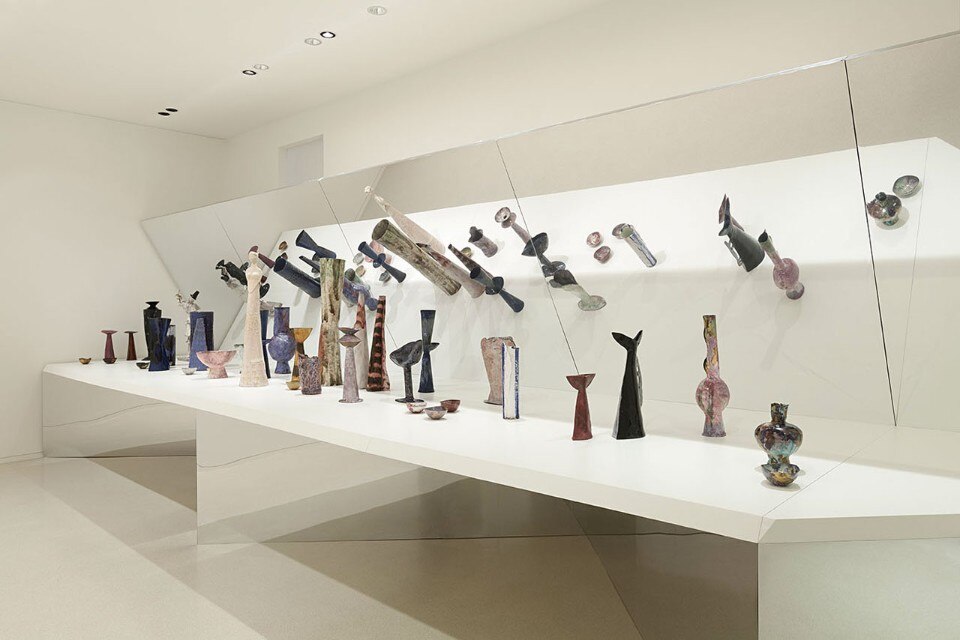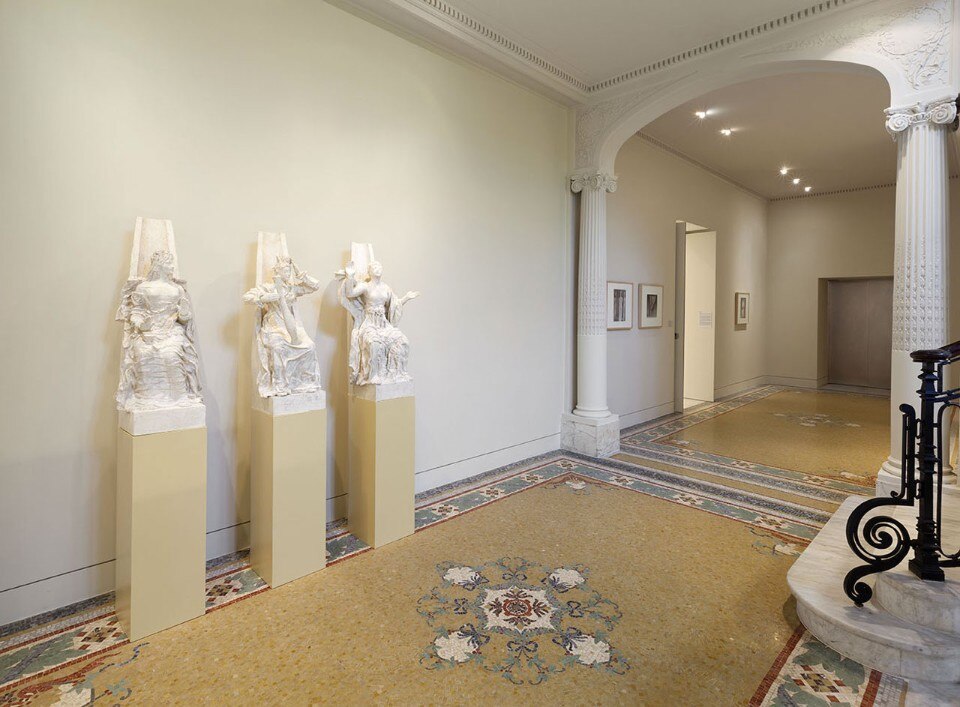

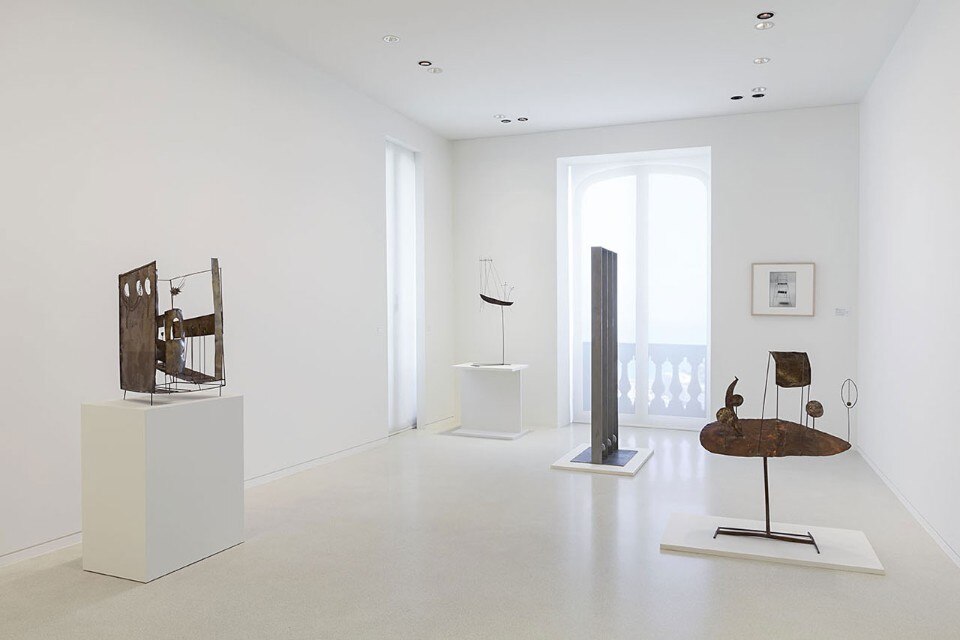
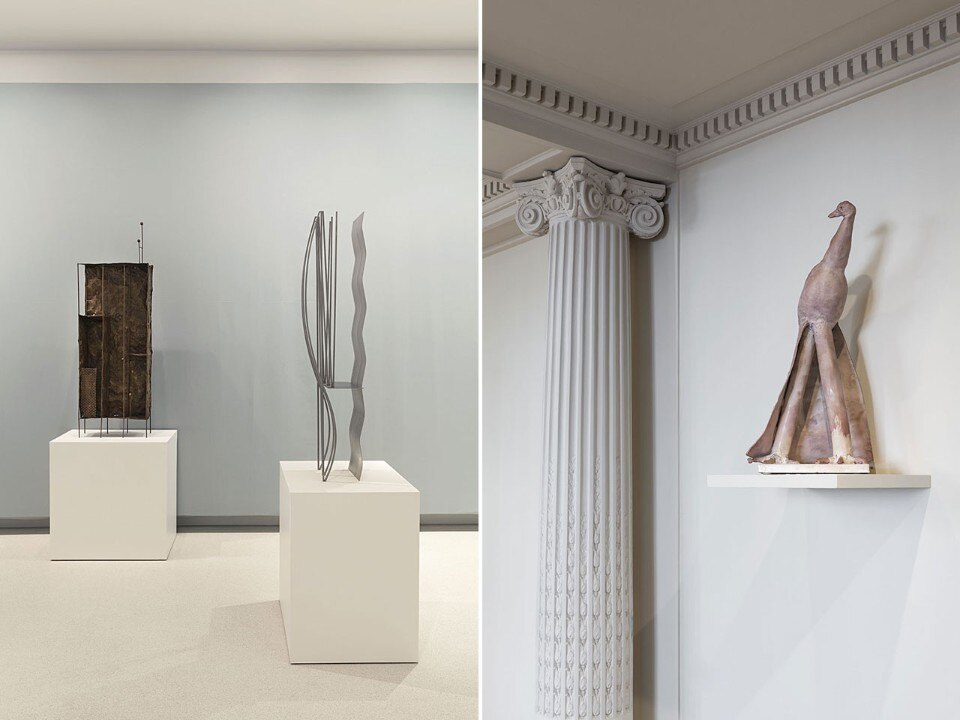
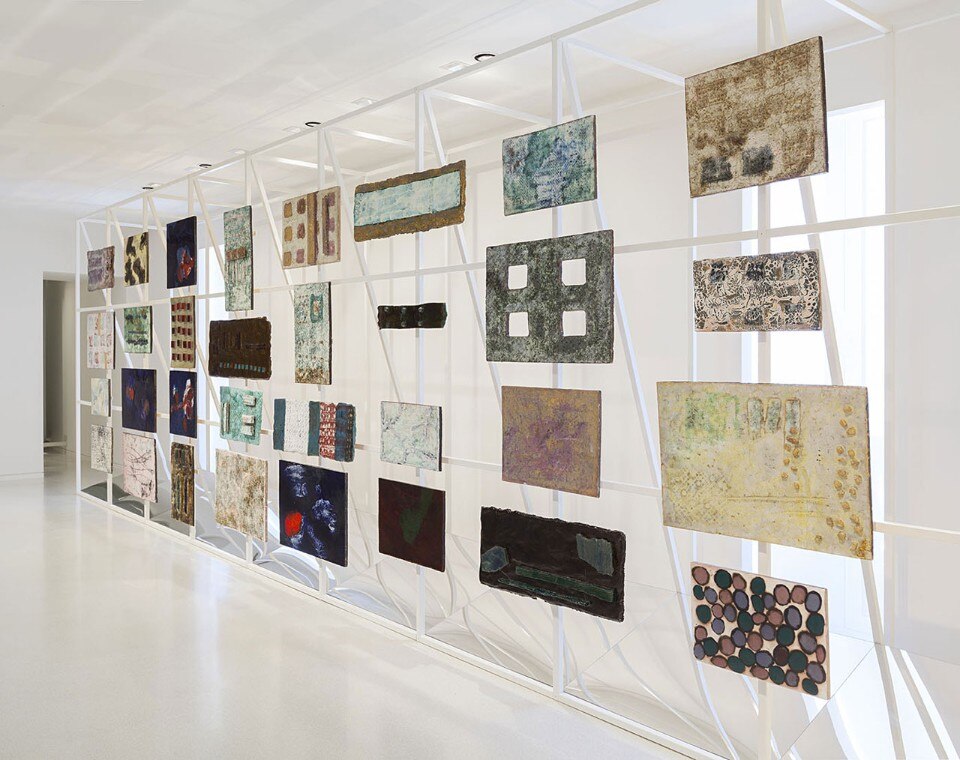
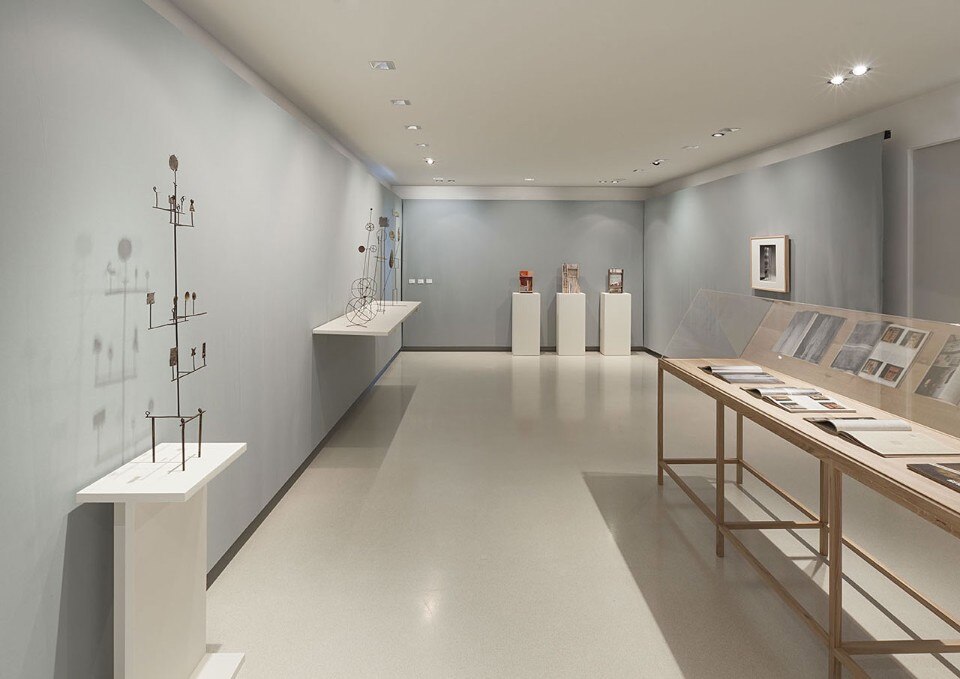
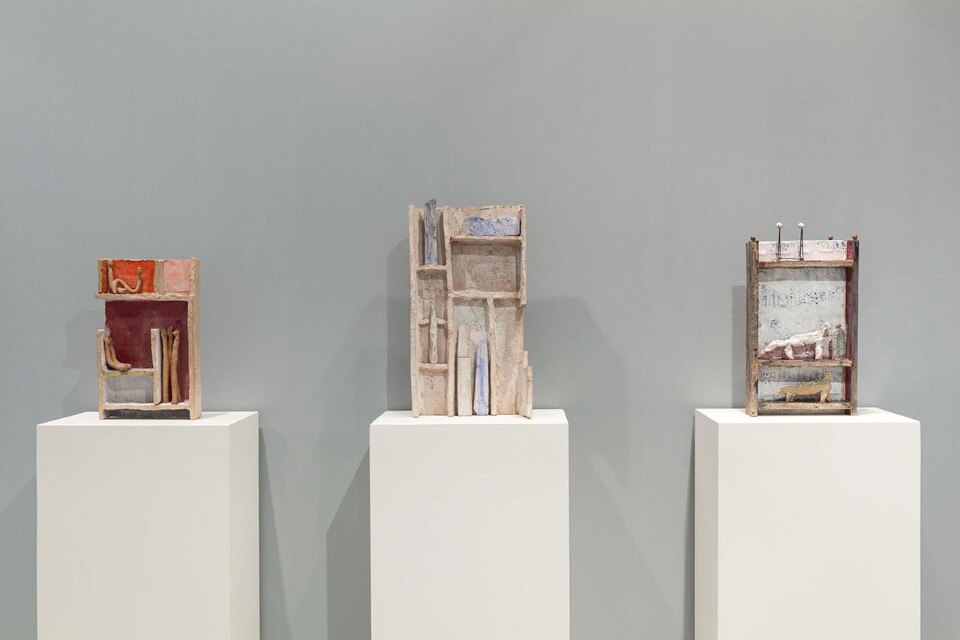
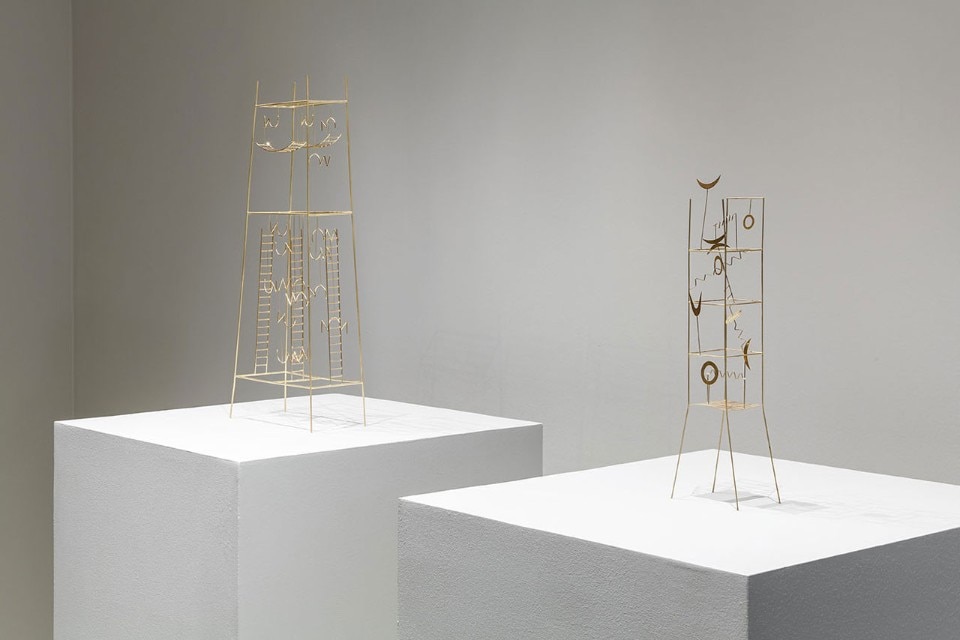
until 17 January 2016
Fausto Melotti
NMNM - Villa Paloma
56 boulevard du Jardin Exotique, Monaco
In collaboration with: Fondazione Fausto Melotti
With the participation of: Domus and Archivio Ugo Mulas
Curators: Eva Fabbris and Cristiano Raimondi
Exhibition design: Baukuh and Valter Scelsi


